11 Simple Landscape Design Ideas to Improve Your Property
Knowing where to start when taking on a landscape design project can be tricky, but tackling it doesn't have to be.
This list of simple ideas unpacks crucial elements for home landscape design. Implementing any of the following options will create a space that reflects the thoughtfulness you put into it.
If you're considering applying some simple landscaping ideas to your home, read on to discover the basic landscaping ideas that will elevate the look of your property.
Work With Nature For Simple Home Landscape Design
The process begins by asking yourself a few questions about what you're looking to achieve with your landscape design. Which things are realistic for your yard? How much space do you have to dedicate to your landscaping efforts?
Good landscape design combines creativity, nature, and culture. Choosing an aesthetic direction for your lawn facilitates easier decision-making down the road.
Making tweaks to what you already have will offer guidance and save you from reinventing the wheel of landscaping your yard. Use what nature has already provided you around your home as a jumping-off point.
1) Make Seasonal Flower Selections
Pick a diverse selection of flowers that peak at different times of the year. Choose at least two flowering plants for each different season. Add flowers with blooming periods each season, so you'll have fresh bulbs to admire all year. A combination of perennials and annuals makes for lasting interest regardless of the season. With a quick trip to your local plant store, you can have guaranteed color in your yard all year.
2) Invest In Evergreens
Including a few evergreen pieces in your mix ensures your yard remains green year-round. With their exciting and sturdy presence, these additions can also function as the structural backbone of your lawn. Evergreen shrubs hold their shapes well and look good in many places in the yard. They require relatively little upkeep and come in various textures and shades of green.
3) Plant A Tree
This environmentally friendly solution will offer impressive returns. A tree adds height, dimension, and depth, all with a hands-off approach. When planting, keep in mind the tree's future growth in 10 or 12 years. Remember not to pick a spot too close to the house or other fixtures, such as fences, and always anticipate it will grow larger than expected rather than smaller.
4) Arrange Plants Around A Focal Point
Maybe you already have a favorite tree or sculpture in your yard. Use statement pieces to create a significant impact. Consider curating other elements around the lawn to compliment it. Assembling a point-of-focus could look like aligning plants to direct your eyes toward the work, choosing flowers or trees that complement the focal point's colors, or letting the piece shine independently.
5) Water Systematically
Incorrect irrigation causes the most common lawn damage. Maintaining a well-hydrated yard ensures the foundation of your landscape design remains strong. It's important to water deeply and less frequently. For expert advice, try hiring someone who uses technology to perform inspections, tests, and upgrades for your irrigation system.
Remember to consider your climate, as well. The rainfall during the seasons in your area can determine how much additional water the different parts of your yard require.
6) Mow Your Lawn Effectively
Each type of turfgrass has a specific height recommendation. If the grass is too high, it can hinder the appearance and usefulness of the turf area. If it's cut too low, grass can starve because too much of the food-producing surface has disappeared.
Know how often to mow, and remember that it's essential not to cut off more than one-third of the grass blades at a time. Keep the blades on your mower sharp for a uniform cut. If all else fails, a good rule of thumb is to mow high and often.
7) Protect Plants From Pet Waste
Did you know dogs produce between 0.5 and 0.75 pounds of daily waste? For those with furry friends, this can create an unattractive "landmine" situation in your yard. Pet waste also turns grass yellow or kills the grass on your lawn.
Clean up pet poop promptly. Whether that means biweekly, weekly, or daily is up to you. If it's not up your alley to do it yourself, you can hire a pet waste removal service to clean up for you.
8) Don't Skimp On Fertilizer
Adding fertilizer promotes new leaf and root growth. Plants need nitrogen, phosphorus, and potassium to grow. Different fertilizers contain variations in the percentages of each chemical element, and each yard will have unique requirements. Some services offer personalized agronomic lawn assessments to create a customized fertilization package for your property.
9) Reclaim Your Yard From Weeds
The best thing you can do is prevent weeds before they ever germinate. However, this is not always an option. Familiarize yourself with common weeds, and learn to identify their characteristics to stop or reduce growth. A little hand-pulling can be an effective strategy for some yards. Start by removing small patches before they become too big. Making this a regular habit will reduce the number of weeds on your lawn. Be sure to act as soon as possible when you see or suspect weeds because they are much easier to address when young.
10) Stave Off Pesky Pests
Unwelcome invaders like grubs and armyworms can turn an otherwise healthy lawn into a sad sight. The best action method depends on the pest problem you might be experiencing. The optimal prevention for yard pests is to maintain a healthy lawn. Healthy lawns require minimal pest-control interventions.
11) Decorate With Functional Elements
Also known as "hardscaping," using artificial elements such as gravel or wood in your landscaping. Items such as garden rocks or pavers can create borders or pathways. They can add color and structure to your yard. Building a brick perimeter around a flower bed offers a clean-cut design element within a natural landscape.
Call in the Lawn Heroes
Lawn care is easier when you have the right team on your side. Our pros are ready to handle everything from routine maintenance to major treatments. Call (402) 382-4628 for a consultation, or fill out this form and we'll call you instead.



